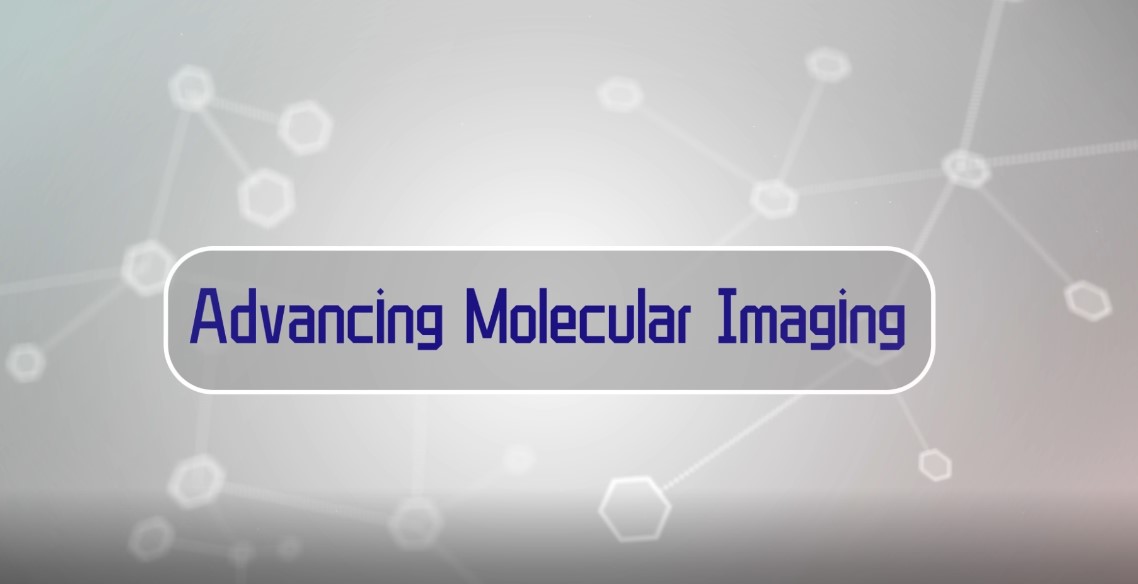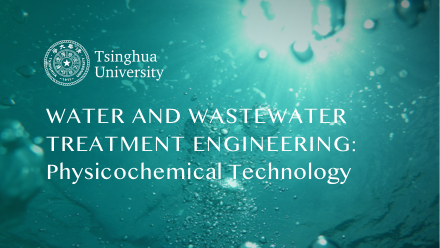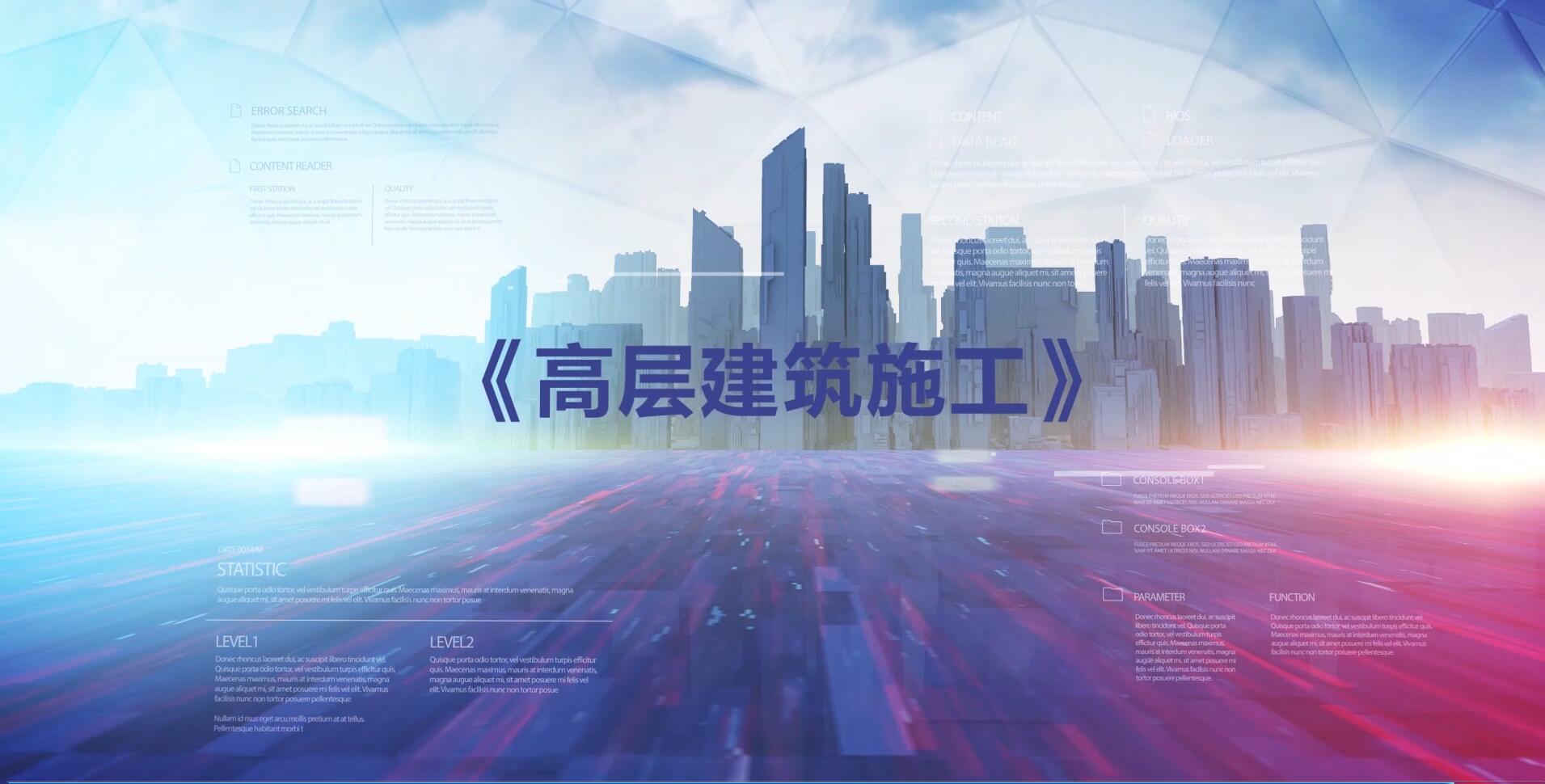
当前课程知识点:Water and Wastewater Treatment Engineering: Physicochemical Technology > Chapter 5 Disinfection > 5-1 Introduction > 5-1 Introduction
返回《Water and Wastewater Treatment Engineering: Physicochemical Technology》慕课在线视频课程列表
返回《Water and Wastewater Treatment Engineering: Physicochemical Technology》慕课在线视频列表
同学们好,从今天开始我们学习第5章消毒
在第1节概述中,我们先来看看消毒工艺是如何发展起来的
1854年伦敦发生了一场霍乱,10天内500多人死亡,当时病因并不清楚
后来,英国的医师John Snow经调查发现
这场霍乱是由当地居民饮用受污染的井水引起的
1886年,Koch通过实验发现氯可以杀死细菌
这一发现引起了广泛关注,对保证饮用水卫生安全做出了重要贡献
1902年,比利时首次在公共水处理系统中采用氯消毒
开启了氯消毒在饮用水净化中的应用
美国于1908年在新泽西州Jersey市的市政给水厂中也开始采用氯消毒
后来氯消毒作为保障生活饮用水卫生安全的重要措施在其他国家也得到了广泛应用
那么,什么是消毒呢?
消毒是指杀灭水中对人体健康有害的绝大部分病原微生物
包括病菌、病毒、原生动物包囊等
使其产生的风险降低到可以接受的安全范围,以防止水传播疾病
这些照片是水中可能存在的几种病原微生物
消毒跟我们通常所说的灭菌是有差别的
灭菌是要杀灭所有的生物
而消毒只是把病原微生物杀灭到可以接受的安全水平
那么,这个可以接受的安全水平我们怎么确定呢?
在饮用水消毒中,消毒后,水的微生物指标应达到饮用水水质标准
我国的生活饮用水卫生标准规定,菌落总数不大于100CFU/mL
总大肠菌群、耐热大肠菌群、大肠埃希氏菌每100ml水样中不得检出
隐孢子虫和贾第鞭毛虫每10L水样中小于1个
而在污水消毒中,排放污水或再生水的微生物学指标
需要满足防止水体污染或进行安全利用的要求
在《城镇污水处理厂污染物排放标准》中粪大肠菌群作为控制指标
一级A标准要求,粪大肠菌群不得大于1000个/L
城市污水再生利用系列标准中也规定了相应的控制标准
比如城市杂用水水质标准中,总大肠菌群不得大于3个/L
消毒的方法有很多,除了最常用的氯消毒以外
还有二氧化氯消毒、臭氧消毒、紫外线消毒以及其他的消毒方法
比如加热、非氧化型化学药剂、辐射照射等
只要能使水中的病原微生物降低到我们可以接受的安全水平,都可以采用
消毒对微生物的灭活机理比较复杂,可能的作用机理包括
消毒剂可以破坏细胞壁,损害细胞膜的生化活性
损害细胞的最重要代谢功能,破坏酶活性
或者改变有机体的DNA或RNA等,从而达到使微生物灭活的效果
那么,影响消毒效果的主要因素是什么?
我们最常用的氯消毒应如何应用?
除氯消毒以外还有什么其他的消毒方法?
我们将在后续的课程中给同学们进行详细介绍
-0-2 Water treatment process
-0-3 Wastewater treatment process
--0-3 Wastewater treatment process
-Chap 0 Homeworks
-1-1 Introduction
-1-2 Properties of colloids
-1-3 Mechanisms and process of coagulation and flocculation
--1-3 Mechanisms of coagulation and flocculation
-1-4 Coagulant and coagulant aids
-- 1-4 Coagulant and coagulant aids
-1-5 Kinetics of coagulation and flocculation
--1-5 Kinetics of coagulation and flocculation
-1-6 Factors affecting the coagulation performance
--1-6 Factors affecting the coagulation performance
-1-7 Facilities for coagulation and flocculation
--1-7 Facilities for coagulation and flocculation
-Chapter 1 Homeworks
-2-1 Introduction
-2-2 Discrete particle settling
--2-2 Discrete particle settling
-2-3 Flocculent settling
-2-4 Zone settling
-2-5 Rectangular settling tank
--2-5 Rectangular settling tanks
-2-6 Process calculation of rectangular settling tanks
--2-6 Process calculation of rectangular settling tanks
-2-7 Vertical Flow (up-flow ) and radial flow settling tank
--2-7 Vertical Flow (up-flow ) and radial flow settling tank
-2-8 Plated sedimentation tank
--2-8 Plated sedimentation tank
-2-9 Clarification pool
-3D interactive demonstration for settling tanks
-Chapter 2 Homework (part 1)
-Chapter 2 Homework (part 2)
-3-1 Introduction
-3-2 Theoretical foundation of air floatation
--3-2 Theoretical foundation of air floatation
-3-3 Pressurized dissolved air flotation
--3-3 Pressurized dissolved air flotation
-Chapter 3 Homework
-4-1 Introduction
-4-2 Structure and process of conventional rapid filter
--4-2 Structure and process of conventional rapid filter
-4-3 Water head loss of filter
--4-3 Water head loss of filter
-4-4 Filtration method of filter
--4-4 Filtration method of filter
-4-5 Filter media
-4-6 Water distribution system
--4-6 Water distribution system
-4-7 Filter backwashing
-4-8 Siphon filter
-4-9 Gravity valveless filter
--4-9 Gravity valveless filter
-4-10 Movable hood filter
-3D interactive demonstration for filtration tanks
--Usage and description for 3-D demonstration
-Chapter 4 Homework
-5-1 Introduction
-5-2 Influence factors of disinfection
--5-2 Influence factors of disinfection
-5-3 Chlorine disinfection
-5-4 Chlorine dioxide disinfection
--5-4 Chlorine dioxide disinfection
-5-5 Ultraviolet disinfection
--5-5 Ultraviolet disinfection
-Chapter 5 Homework
-6-1 Ion-exchange resin
-6-2 Properties of ion-exchange reactions
--6-2 Properties of ion-exchange reactions
-6-3 Properties of cation exchange resin
--6-3 Properties of cation exchange resin
-6-4 Properties of anion exchange resin
--6-4 Properties of anion exchange resin
-6-5 Softening system using ion exchange
--6-5 Softening system using ion exchange
-6-6 Desalination system using ion exchange
--6-6 Desalination system using ion exchange
-6-7 Ion-exchange equipment
-6-8 Treatment of industrial wastewater by ion-exchange method
--6-8 Treatment of industrial wastewater by ion-exchange method
-Chapter 6 Homework
-7-1 Introduction
-7-2 Principle and characteristics of electrodialysis
--7-2 Principle and characteristics of electrodialysis
-7-3 Configuration of electrodialysis unit
--7-3 Configuration of electrodialysis unit
-7-4 Operating parameters for electrodialysis unit
--7-4 Operating parameters for electrodialysis unit
-7-5 Principle and process of reverse osmosis
--7-5 Principle and process of reverse osmosis
-7-6 Operating parameters for reverse osmosis
--7-6 Operating parameters for reverse osmosis
-7-7 Principles and characteristics of UF and MF
--7-7 Principles and characteristics of UF and MF
-7-8 Design of ultrafiltration and microfiltration process
--7-8 Design of ultrafiltration and microfiltration process
-Chapter 7 Homework
-8-1 Fundamental knowledge and classification
--8-1 Fundamental knowledge and classification
-8-2 Ozonation
-8-3 Photo-catalytic oxidation
--8-3 Photo-catalytic oxidation
-8-4 Supercritical water oxidation
--8-4 Supercritical water oxidation
-8-5 Electrolysis
-Chapter 8 Homework
-9-1 Introduction
-9-2 Adsorption equilibrium and adsorption isotherm
--9-2 Adsorption equilibrium and adsorption isotherm
-9-3 Adsorption breakthrough curve
--9-3 Adsorption breakthrough curve
-Chapter 9 Homework


